Until the 1950s, all aquaristically known species of glass perch were known under the genus name “Chanda”. The first major regrouping was carried out in 1955 by Fraser-Brunner, who revived the (old) genus Ambassis (with 20 species), placed the species nama in the monotypic genus Hamiltonia (i.e. only one species is assigned to it), established the new genus Gymnochanda and left only 11 species in Chanda. This was the state of affairs until shortly before the turn of the millennium. Then the more recent revision by Roberts (1995) was followed, who revised the pure freshwater species. There are also many marine species – especially in Ambassis, but also in other genera not mentioned here – that go into brackish water but are not able to live permanently in fresh water.
According to Roberts, the family Ambassidae in freshwater consists of 5 genera with a total of 15 species: Chanda (only 1 species with C. nama); Gymnochanda (2 species); Paradoxodacna (1 species), Parambassis (11 species). This genus concept was the one usually used until today; now a new study (Yoshigou, 2025) has been published recently (January 2025), in which the author again considers all species. For the first time, Yoshigou’s study also comprehensively considered possible externally recognizable sexual differences and juvenile characteristics. Previously, some generic concepts had proved to be overlapping and therefore unreliable.
According to Yoshigou, the following classification now applies: Ambassis (26 species, including three as yet undescribed); Tetracentrum (3 species); Parambassis (9 species, including two whose classification is uncertain); Chanda (13 species); Pseudambassis (1 species); Gymnochanda (5 species); Denariusa (2 species); a total of 59 species. The aquaristically most important glass perches are now almost all (again) Chanda: C. ranga (India); C. siamensis (SE Asia, https://www.aquariumglaser.de/en/25-perchlike-fishes/parambassis-siamensis-2/) and C. pulcinella (Burma, https://www.aquariumglaser.de/en/25-perchlike-fishes/parambassis-pulcinella-2/). The small Indian glass perch is now called Pseudambassis lala (https://www.aquariumglaser.de/en/fisharchive/parambassia-lala/) and everything remains the same with the already undisputed Gymnochanda.
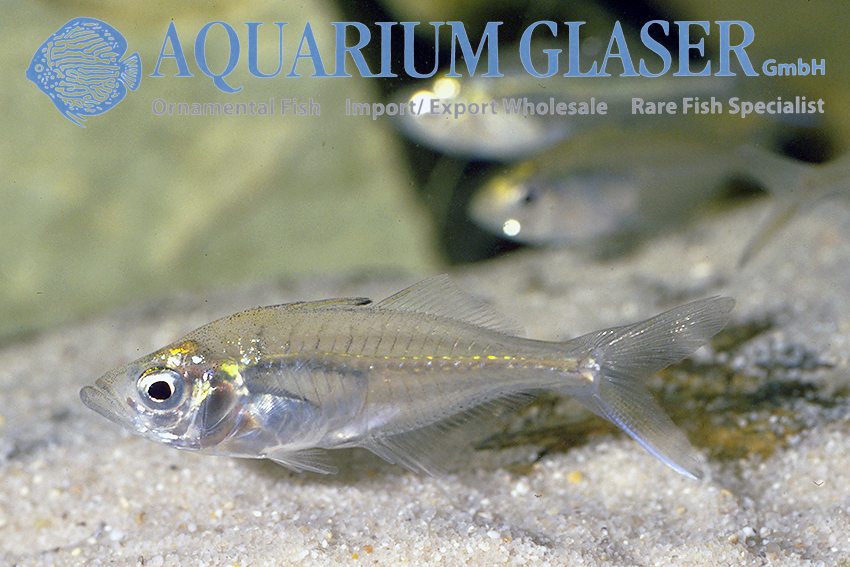
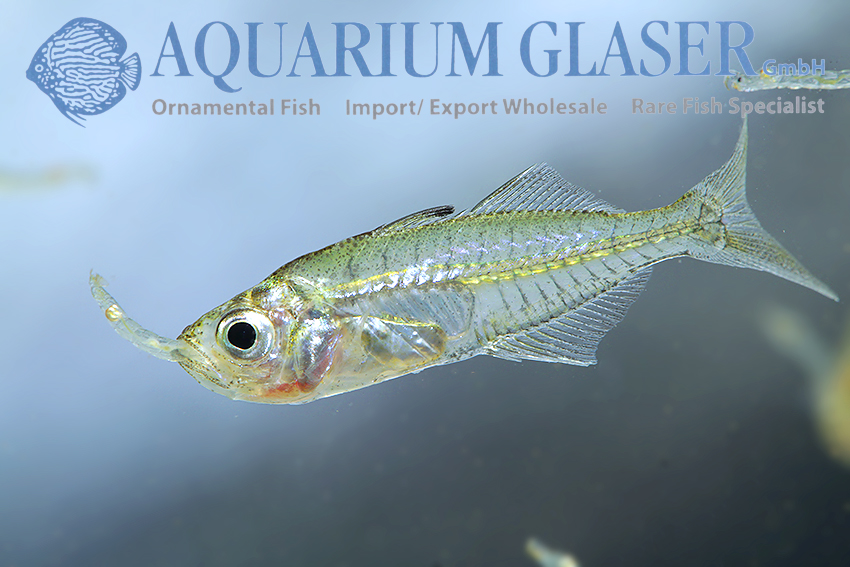
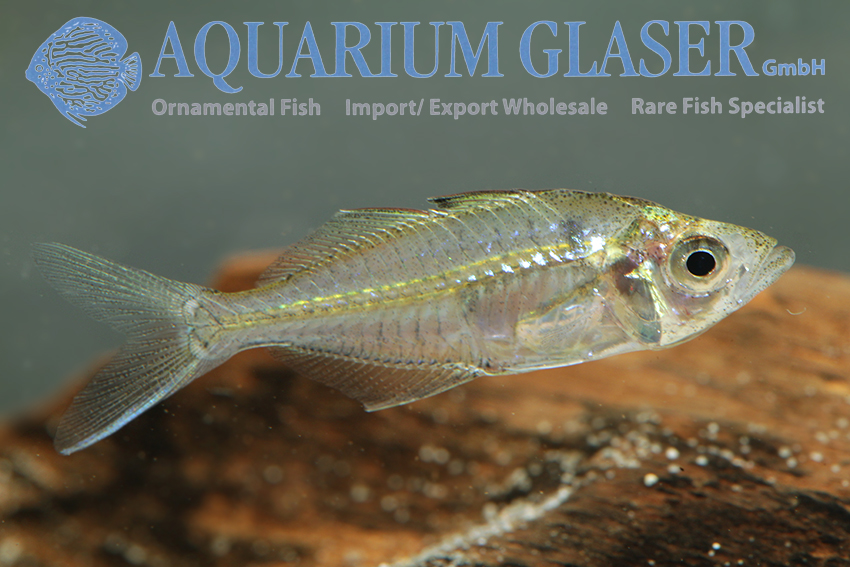
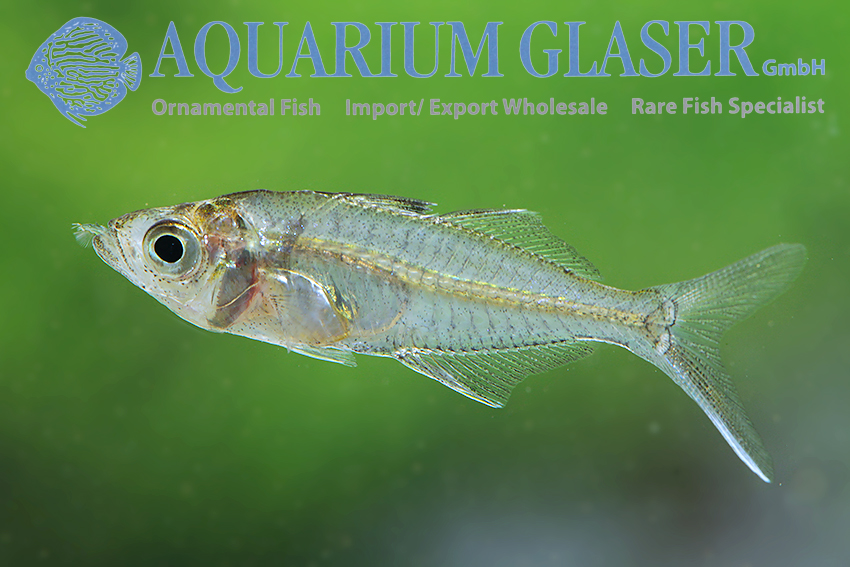
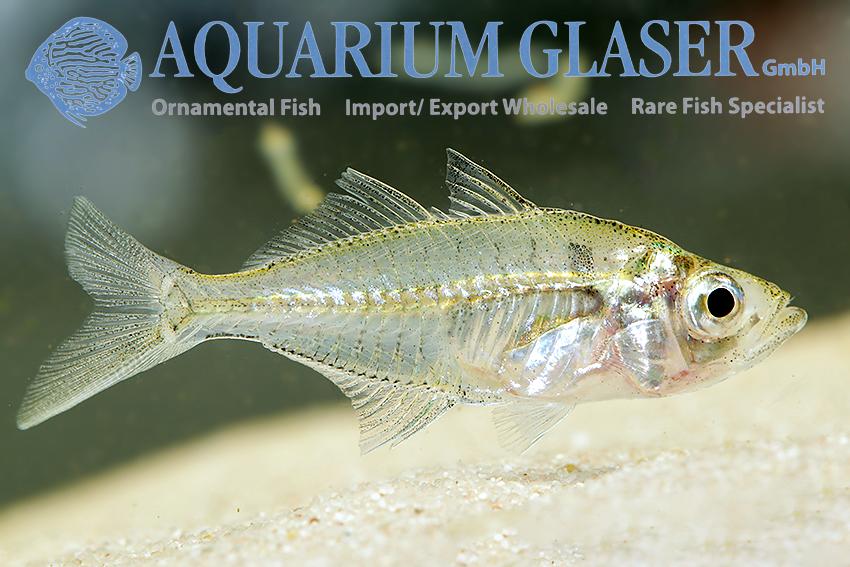



Glass perch are only represented by very few species in the hobby. We have just received a very unusual species from India, which is very rarely imported: Chanda nama. The reason for this rarity is that these glass perch are food specialists. In the wild, they are scale eaters. In the biotope, three species of glass perch are almost always caught together: C. nama, C. ranga and P. lala. The predators probably take advantage of the peaceful shoal of the other two species to be able to approach potential victims unnoticed.
In the aquarium, C. nama will immediately accept any frozen or live food that is suitable for their mouths. Food specialization is therefore not essential for their survival in human care. But just as a cat won’t let it mouse, Chanda nama won’t let it pester other small fish. They are therefore real specialist fish, very exciting for behavioral studies, but not suitable for common community aquariums. C. nama is said to be able to grow to a length of 11 cm; however, we have never seen specimens over 6 cm in length in the wild or in the aquarium, so this is most likely due to confusion with other species. The species is widespread and common throughout India and neighboring states. Our specimens come from the Calcutta area. The water values are not important for keeping them, any tap water suitable for drinking is suitable. These animals do not need salt, they are pure freshwater inhabitants. They are best kept in a shoal with their own kind or other glass perch, as in the wild. There are no known sex differences, but it appears that the females grow larger than the males. Glass perch spawn in plants and do not practise brood care.
For our customers: the animals have code 408603 on our stock list. Please note that we only supply the wholesale trade.
Literature:
Fraser-Brunner, A. (1955): A synopsis of the centropomid fishes of the subfamily Chandinae, with descriptions of a new genus and two new species. Bulletin of the Raffles Museum No. 25: 185-213
Roberts, T. R. (1995): Systematic revision of tropical Asian freshwater glassperches (Ambassidae), with descriptions of three new species. Natural History Bulletin of the Siam Society v. 42: 263-290.
Yoshigou, H. (2025): Morphological comparison within the glass perchlets genus Ambassis (Osteichthyes: Ovalentalia: Ambassidae), with reference to the comparison of some characters shared with other related genera. Miscellaneous reports of the Hiwa Museum for Natural History v. 66: 1-47.
Text & photos: Frank Schäfer




